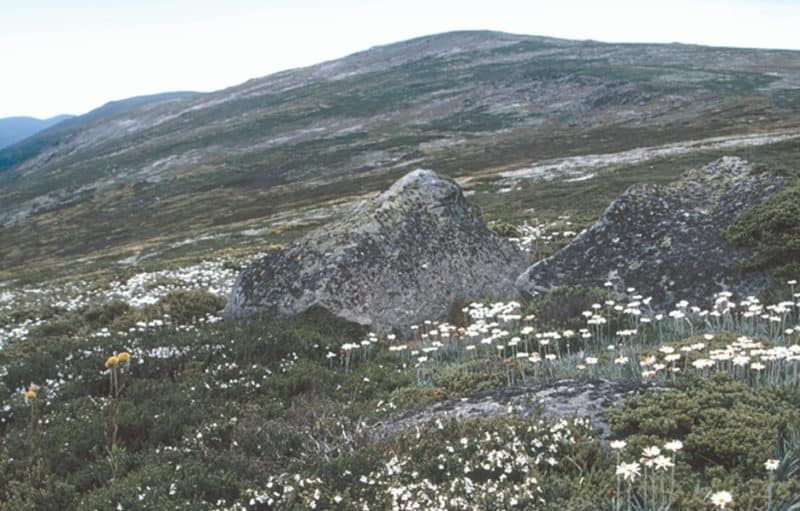PARK WATCH June 2020 |
Native forest logging in the West RFA was largely squashed – but it has now returned, Executive Director Matt Ruchel explains.
In 2005, legislation to establish the Great Otway National Park and the Otways Forest Park by the Bracks Labor government heralded the end of native forest logging on public land in the Otway Forest Management Area.
Further areas in the west were protected in the Portland Forest Management Area in 2008 with the creation of the Cobboboonee National Park by the Brumby Labor government.
Many forestry-related businesses received financial transition packages in this period.
However, over the last decade, the logging industry in this region has again grown by stealth.
As described in the previous article ‘Another decade…’ the Victorian Government has invested $17.6 million over four years in forest management reform, which includes the “modernisation” of Victoria’s Regional Forest Agreements (RFAs). With a fraction of that money, they could transition the west away from native forest logging once and for all. Instead, a new West RFA has been put in place for another ten years.
Logging of native forests in the west has almost doubled over the past ten years. While the volumes and areas of harvesting in the west are small compared to the main commercial logging focus in the east of the state, and are largely for low-value uses like firewood, logging continues to do significant damage to the special natural places left in the west.
Logging in the last patches of bush in a highly-cleared landscape, which has high numbers of threatened species and many rare or endangered vegetation types, is compounded by the futility of the operation, which is almost completely state-subsidised and supports very few jobs in the region.
The best estimates of the number of total jobs dependent on the native forest logging industry from across Victoria was around 1580–1680 jobs, and declining, in 2016. Fewer than 40 of these jobs – just two per cent – are estimated to be in the West RFA. (There is, however, significant employment in the plantation sector in the region; around 1974 jobs in 2016.)
In 2014 the Victorian Government’s logging agency VicForests was given management of forestry in the west, and received a $3.3 million grant in advance to run its so-called “Western Community Forestry”. In their 2018–19 Annual Report, VicForests reported total revenue from western native forests was around $700,000. State government funding to VicForests’ Western Community Forestry” in that same period was $678,000. That’s a surplus of only $22,000 – the price of a small car – for Victorian taxpayers for the logging of our publicly-owned native forests. The $3.3 million grant is due to expire this year, and should most certainly not be renewed to prop up the logging industry in the region.
Despite this, across the West RFA region, total commercial harvest volumes have more than doubled from 4538 cubic metres in 2008 to 10656 cubic metress in 2018. Since 2008, sawlog harvest has increased 300 per cent, firewood 400 per cent, and residual 1200 per cent. Firewood is still the largest volume of wood harvested.
Meanwhile, we have not seen any new protected areas in the western region.
Since 2008, when native forest logging ended in the Otways with the creation of new protected areas, there have been 6725 hectares harvested in the West RFA. This is roughly equivalent to the total annual state-wide revegetation effort by our Catchment Management Authorities (5000 hectares per year).
The bulk of the harvesting in this region is thinning and selection harvesting, but clearfell methods have re-emerged since VicForests took over management. 27 hectares (13-14 MCG fields) of forest in the west have been clearfelled since 2014.
By comparison, in the period (2008-2017) in the Central Highlands there was 14,601 hectares harvested, including 8176 hectares clearfelled. In East Gippsland, 17,315 hectares were harvested.
The amount of commercial native forest logging in the west is comparatively small, but it is significantly damaging.
If a transition out of native forest logging is the Andrews Government’s aim, the west should be the first and the easiest region to do so in. The west already has the largest plantation extent in the state, with 257,000 hectares of plantation in the ground. Surely this is the definition of transition ready.
Over the years there have been millions of dollars in taxpayer money wasted in propping up the native forest logging industry in the west. This money should be reallocated. If jobs are the driver, just a small proportion of the $17.5 million used to so-called “modernise” the RFAs could have been instead invested in conservation management on public land (fire management, pest control, fencing, tracks and trail maintenance). For around $6 million per annum, would deliver 40 relatively high paid conservation management jobs. This investment would also, of course, also be beneficial to the environment as well adjoining landowners, which logging is not.
Government policies and investment to support smaller-scale private or even community ‘woodlots’ on cleared farmland for commercial firewood and other minor forest products, such as fence posts, should also be considered. In 2010, it was estimated that Victorians use about 600,000 cubic metres of firewood each year, with around 13 per cent coming from public land, though the figures are not very accurate. Firewood can sell for between $100-$300 a tonne, depending on where you are in the state.
The renewal of the outdated and obsolete West RFA brings into question how serious the Andrews Government is about phasing out native forest logging, when they missed a prime opportunity for transition of the easiest RFA region.
More
Read previous article ‘Another decade…’ about the renewal of all the Regional Forest Agreements.
Did you like reading this article? Want to be kept up to date about this and other nature issues in Victoria? Subscribe to our email updates.
You can also receive our print magazine Park Watch four times a year by becoming a member. Find out more here.
